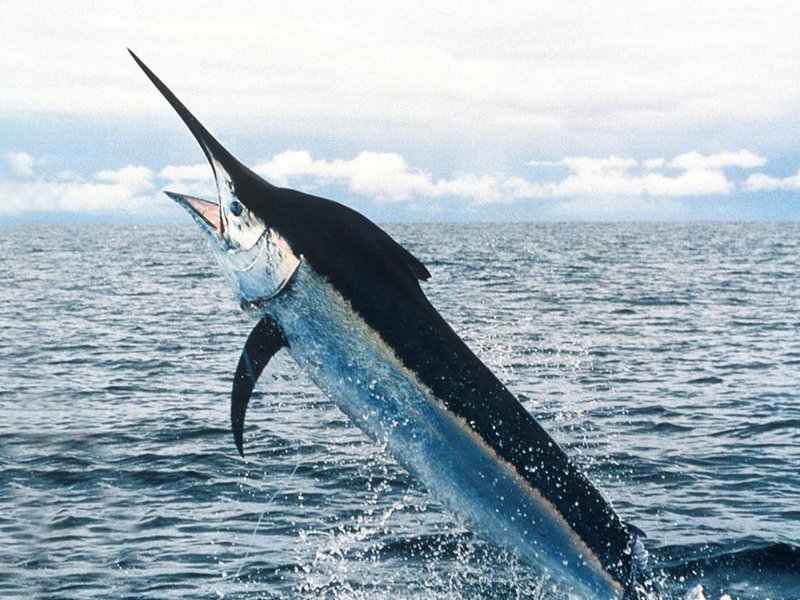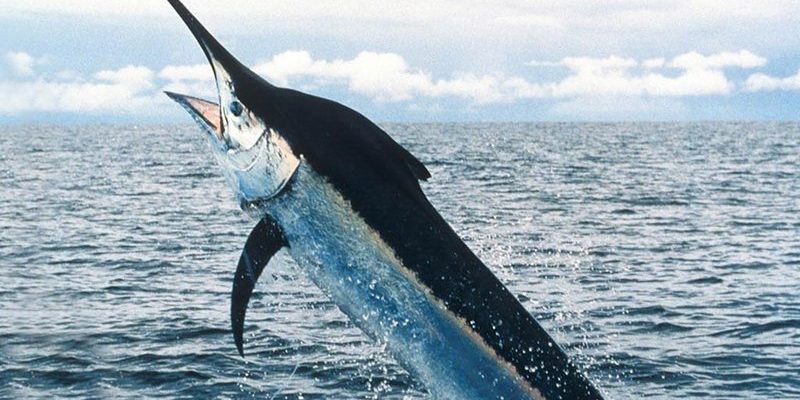
Understanding Swordfish Populations
Swordfish can be found in both temperate and tropical waters, making them quite popular among fishermen. They are known for their migratory habits, traveling long distances to find food and spawn. However, this migratory nature can also make them vulnerable. As they traverse international waters, varying fishing regulations can leave these fish exposed to overfishing in certain areas.
Key Facts About Swordfish:
- Size: They can grow up to 14 feet long and weigh as much as 1,200 pounds.
- Diet: Swordfish primarily feed on squid, crustaceans, and other fish.
- Life Span: They typically live around 4 to 9 years in the wild.
If you’re scratching your head, wondering why a fish that can grow so large would be at risk, it boils down to how they’re caught. Swordfish are often caught using longlines or driftnets, which can inadvertently trap other marine life. This bycatch problem is a big issue, as it not only threatens swordfish but also other species that share their habitat.
Current Conservation Status
So, what’s the current status of swordfish populations? According to the International Union for Conservation of Nature (IUCN), swordfish are classified as “Not Evaluated” globally, which means they don’t currently sit on the endangered species list. However, it’s essential to understand that this status varies regionally.
In the North Atlantic, for instance, overfishing was a significant concern in the late 20th century. Conservation efforts since then have allowed their populations to recover somewhat. In contrast, populations in the Mediterranean are still struggling, primarily due to high fishing pressures.
What’s Happening in the Mediterranean?
Here, you might find yourself asking: why does this matter? Well, it’s crucial because the Mediterranean is known for its biodiversity. A decline in swordfish can ripple through the food web, affecting countless other species.
Governments and organizations are working together to implement stricter fishing quotas and to promote sustainable fishing practices in these regional areas. The goal is to allow swordfish populations to rebound and stabilize, ensuring their long-term survival.
Conservation Efforts and Regulation
One key aspect of swordfish conservation involves international cooperation. Organizations like the International Commission for the Conservation of Atlantic Tunas (ICCAT) set quotas for swordfish fishing. Also, they monitor fish populations to gather data on their health and reproduction rates.
Many countries have adopted regulations to promote sustainable fishing practices. Some of these measures include:
- Size Limits: Requiring that only mature swordfish above a certain size can be caught.
- Seasonal Closures: Specifying times of year when fishing is prohibited to allow spawning.
- Bycatch Reduction: Implementing gear modifications to lower accidental catches of non-target species.
The combination of such regulations helps create a balanced environment where swordfish can thrive alongside other marine life.
The Role of Sustainable Fishing
You might be wondering how you can make a difference. One of the best ways is by supporting sustainable fishing practices. When you choose to purchase swordfish, look for labels that indicate the fish was caught sustainably.
Why Buy Sustainable?
Supporting sustainable fisheries means that you’re contributing to a healthier ocean ecosystem. Sustainable fishing practices help prevent overfishing, protect habitats, and maintain the natural balance of marine life. It’s like cheering for the home team—you want them to succeed!
Additionally, you can participate in local conservation efforts. Whether it’s joining beach cleanups or supporting organizations that focus on marine conservation, every bit helps.
Educational Initiatives and Awareness
Awareness is a powerful tool in the conservation toolkit. Many NGOs and educational organizations are working to inform the public about swordfish and other marine species. By sharing information, they help people understand the challenges these species face and how they can contribute to solutions.
Examples of Educational Programs:
- School Programs: Many schools are introducing marine biology curricula focusing on the importance of preserving ocean life.
- Community Workshops: Workshops that teach responsible fishing practices and promote sustainable seafood choices.
- Online Campaigns: Social media campaigns that raise awareness and encourage people to take action.
When communities come together to share knowledge and resources, they can create significant change.
What’s Next for Swordfish Conservation?
Looking ahead, it’s clear that the journey for swordfish conservation is ongoing. Scientists and conservationists are constantly studying swordfish populations to better understand their needs. This research can help guide future fishing regulations and conservation efforts.
Emerging technologies, like satellite tracking, provide insights into swordfish migration patterns and behaviors. Understanding where these fish go and how they interact with their environments can inform smarter conservation strategies. The more we know, the better we can protect these incredible creatures!
In Conclusion
In summary, while swordfish are not currently classified as endangered globally, specific populations are at risk. Conservation efforts are crucial for maintaining sustainable populations and a balanced marine ecosystem.
By supporting responsible fishing practices, staying informed, and participating in local conservation initiatives, you can make a positive impact on the future of swordfish and the oceans they call home. Remember, every little action counts, and together, we can steer the tide in the right direction.

